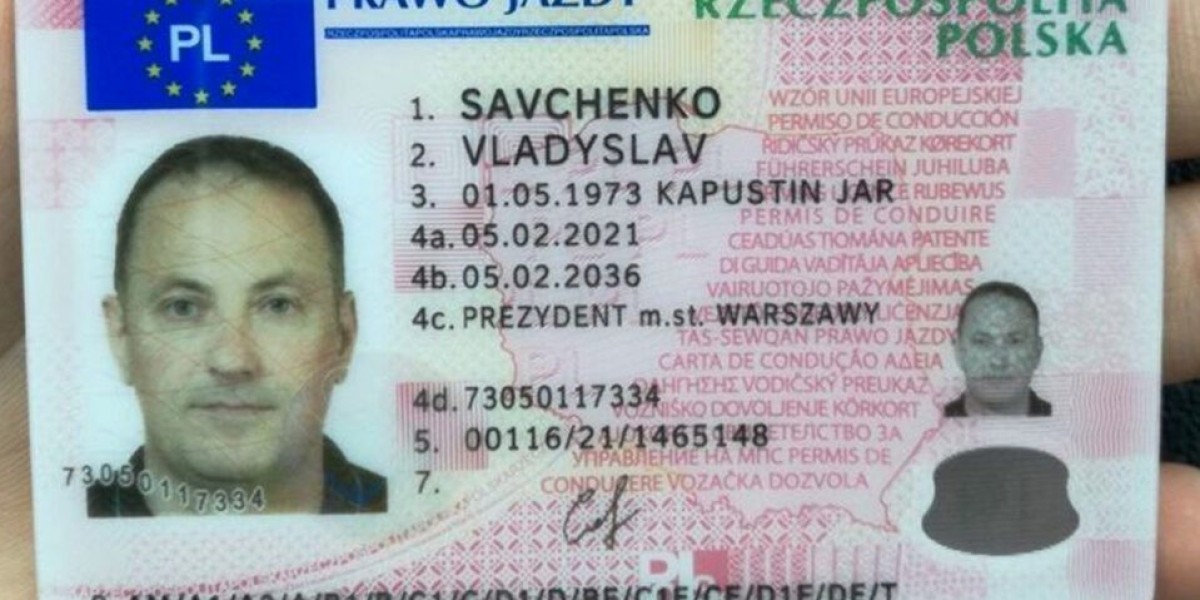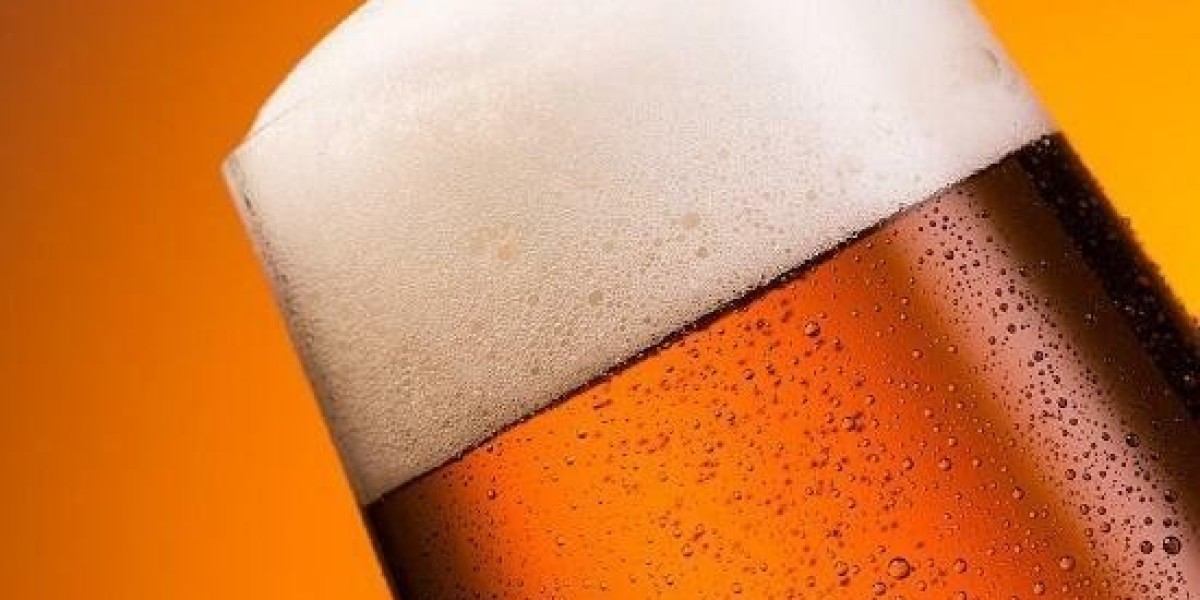 Getting a B1 Driving License
Getting a B1 Driving LicenseGetting a driver's license requires dedication and preparation. You must make appointments and kartaxpresspoland prepare documents, as well as pass tests. As a student, you must also have insurance.
The B1 driving license allows you to drive four-wheel motor vehicles weighing no more than 400 kg unladen or 550 kg when designed to transport goods. This category includes small, lightweight vehicles.
What is a B1 license?
A B1 driving license is a type of license that permits drivers to operate light vehicles. The license is valid for 10 years. The card contains information about the maximum weight of the vehicle as well as the number and type of passengers allowed to travel in it, as well as other important details. It also has the space for any limitations that the driver is required to adhere to.
The B1 licence is a subcategory of category B. It permits drivers to drive cars with up to eight passengers, and with a the maximum weight limit of 3,500kg. It also allows them to tow a trailer up to 750kg. The driving license is intended to be used for personal and non-commercial use.
You must pass both the theory and practical driving tests to obtain the B1 license. In order to prepare for the test, you must practice driving in a variety of vehicles and under different conditions. This will provide you with the experience you need to pass the test successfully. Additionally, you should be sure to bring the necessary documents with you to your driving test. The instructor and DVSA will not be in a position to conduct your test without these documents.
Those who want to drive larger vehicles, such as buses and lorries, need to have a category C driving licence. To qualify for this you must be at least 18 years old or possess a standard driving licence. If you are not 18 or over then you must undergo a medical examination to determine whether you are fit enough to drive large vehicles.
In the past, driving licenses were made up of European format, as defined by Directive 91/439/EEC. The documents were tri-folded, pink paper with a photograph along with personal information and the home address of the driver. The front of the license included an alphabetical list in code format of the categories of trailers and vehicles for which the driver held a licence.
The format was replaced with an entirely new system in the EU that has a photograph of the driver as well as personal information on both sides of a blue plastic card. It also has the use of a colour-coded system to indicate the vehicle's category or. For instance, a car that belongs to category B1 is identified with code 152 on the photo card.
Eligibility for B1 driving license
The B1 driving licence is the official document that allows drivers to drive vehicles on public roads in the country they reside in or in many other foreign countries. This licence is only granted to those who have passed the theory and the practical driving test. The test covers both rules of the road and perception of danger. It is important to note that anyone with a provisional license must possess their learner permit with them. It must be displayed on their vehicle or on the tabard of a motorcycle rider.
Additionally, those who have a category B license are allowed to tow trailers of a smaller size that are specifically designed to carry goods. They are also able to drive motor tricycles, quad cycles and three-wheeled vehicles as long the weight doesn't exceed 550 kg. This category was on EU citizens' driving licences if their driving test was completed before the 19th of January, 2013. However this option is no longer available to those who pass their driving test after that date.
If you're planning to get a B1 licence, you must first pass your theory test and get a provisional driving licence (L-plates). You also need to have an insurance policy that covers drivers prior to taking the practical driving test. Also, you must bring your test certificate along with both sections of your photocard driving license with you to the practical test. In the event that you fail to do this, it could result in a cancellation of your driving test as well as the forfeiture of the PS23 fee.
You must also be at least 18 years old to drive a car with a category B license. To tow a small vehicle, you will need to pass a separate trailer test. The DVLA is planning to change this in future.
You can practice to prepare for your theory test by taking a variety of online mock tests. These are like the actual test and will allow you to gain an understanding of the format of the questions. These tests will help to improve your confidence and prepare you for the theory test.
How do I get a B1 licence?
The process for obtaining an operating permit in the United States is complex and confusing. The requirements for getting a driver's license include scheduling an appointment with the DMV, providing documentation, and passing both written and driving tests. As a B-1 visa-holder, you will also need to meet the residency requirements, which differ from state to State.
Category B1 allows you to drive vehicles with four wheels that weigh up to 400 kg unladen (or 550 kg if they're designed to transport goods). You can also add trailer rights in this category, which means you can tow trailers of up to 750 kilograms. This is a less heavy licence than the Category B, which allows you to drive light vans and passenger cars.
A B1 driver is also able to drive motorised two wheelers, including motorcycles with engine capacities of up to 250 cubic centimetres and mopeds. In certain countries, the category also includes quadricycles which are similar to mopeds and scooters however they have a maximum power of 15kW.
If you are a driver with a valid licence in the Category B class, you can also drive Category D and Category D1 vehicles. The most hefty vehicle class is Category D. It is possible to drive buses with more seats than eight and tow trailers up to 12,000 kg. Category D1 is the restricted version of this category and permits smaller trailers and cars.
If you are a learner driver, you will have a B license for car (B) and you are able to get higher categories added to your licence when you pass the relevant driving tests. The category on your licence will indicate which vehicles you can drive and the towing limit. The information is typically displayed on your licence under 'provisional entitlement'. You can also check this online. You must have a valid test certification to add these higher categories to your license.
Driving test B1: How do I pass?
The B1 driving licence is an official document that allows individuals to drive vehicles on the national roads and in most other countries. To be eligible for this licence, candidates must pass a written exam and then pass a driving exam. The exam is held in a dedicated building, and the examiner grade the applicant according to their performance. To pass the test, you need to be able to score at least 22 points out of 26. In certain instances the candidate could receive a lower grade if they answer incorrectly to more than five questions.
The first part is a written test which includes a series of questions on driving rules and road signs. To pass the test, candidates must answer each question correctly. The next part of the test is a driving exam which requires the applicant to manage a variety of traffic conditions. The examiner will be observing the ability of the candidate to handle these situations. Depending on the results of this portion of the exam the candidate will be granted a driving license or refused one.
Candidates must also pass a medical examination in addition to the driving test. If they're not fit enough to drive, they will be denied the B1 driving permit. It is not an easy test to pass. It requires a lot to prepare for the driving test. The best method to prepare for the test is to collaborate with a professional driver instructor. This will help you to get the most value from your time behind the wheel and enhance your driving skills.
A category B license permits you to drive four-wheel motor vehicles that's unladen weight does not exceed 3,500 kg. You can also tow a trailer that weighs up to 750 kg. However, the total weight of the vehicle as well as the trailer cannot exceed the maximum capacity for load. The category B1 licence also allows you to drive motor tricycles as well as quadricycles so long as they do not weigh more than 550 kilograms. The category C1 license however, allows you to drive cars and other vehicles with a the capacity to carry more than 3.5 tons.






